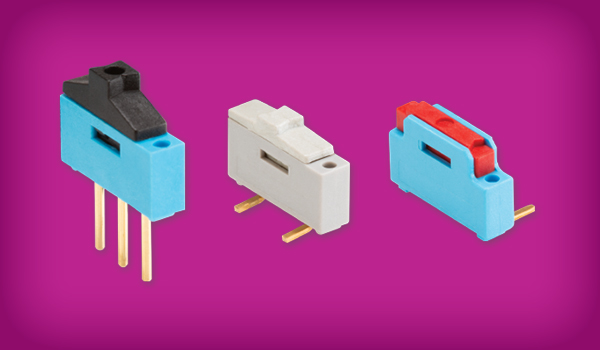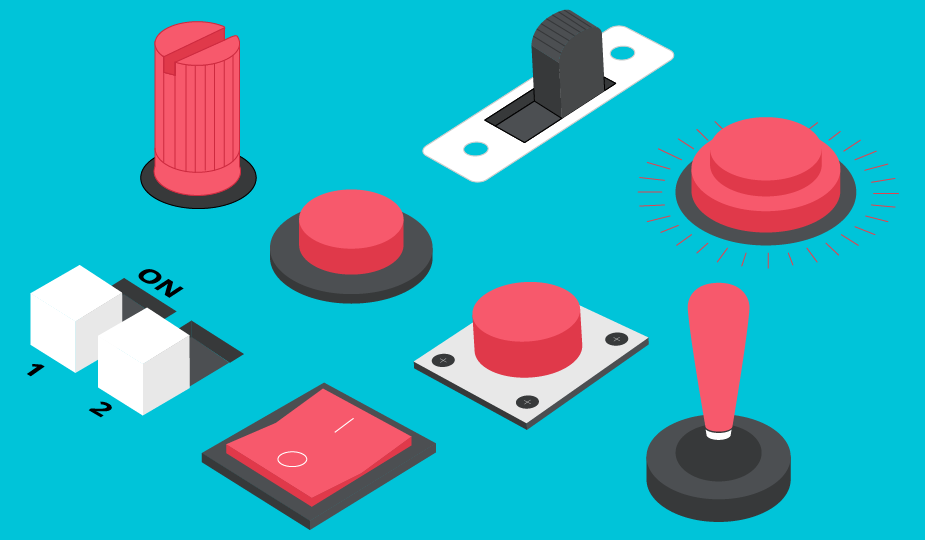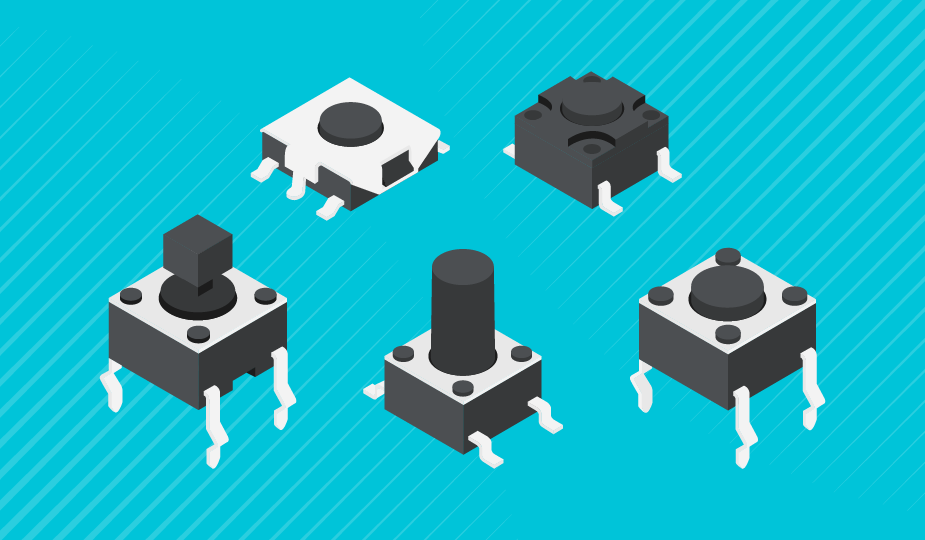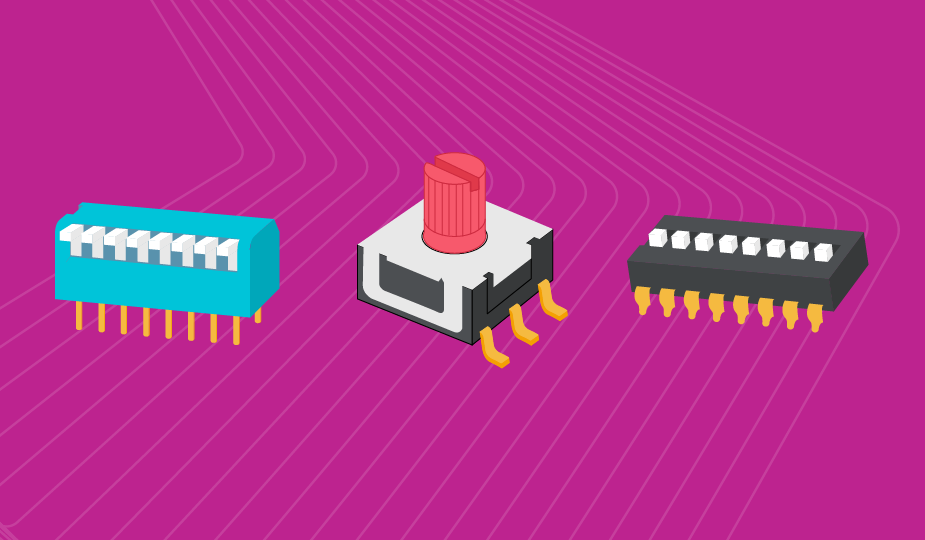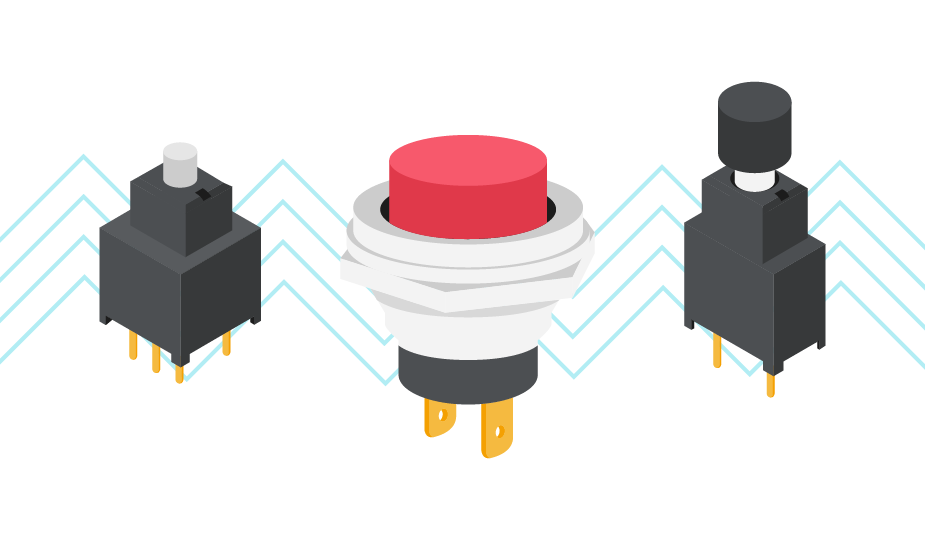Slide Switches 101
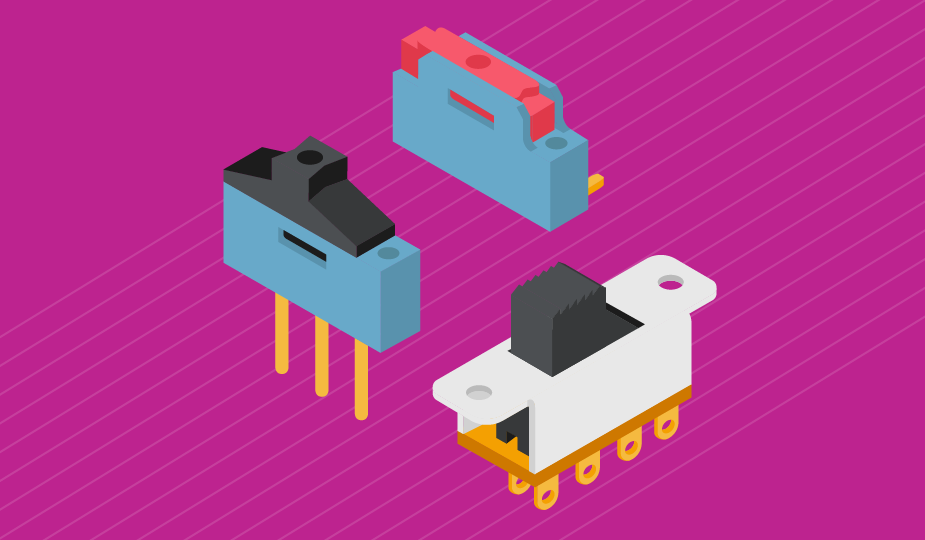
There are various methods via which the flow of an electrical current through a circuit can be controlled, and slide switches are among the most commonly used. This is especially true in situations where space constraints need to be taken into account. Slide switches provide a convenient and reliable method via which control can be executed, with circuit connection or disconnection achieved by carrying out a straightforward sliding motion. This short blog will give an overview of slide switches - covering their functionality, their main configurations, and what needs to be considered during selection.
What is a Slide Switch?
A slide switch is a mechanical device that is commonly used for controlling an electrical circuit. It utilizes a simple sliding action to move the switch from an open position to a closed one, or vice-versa. As maintained-contact switches, slide switches remain in one state until manually actuated into another state.
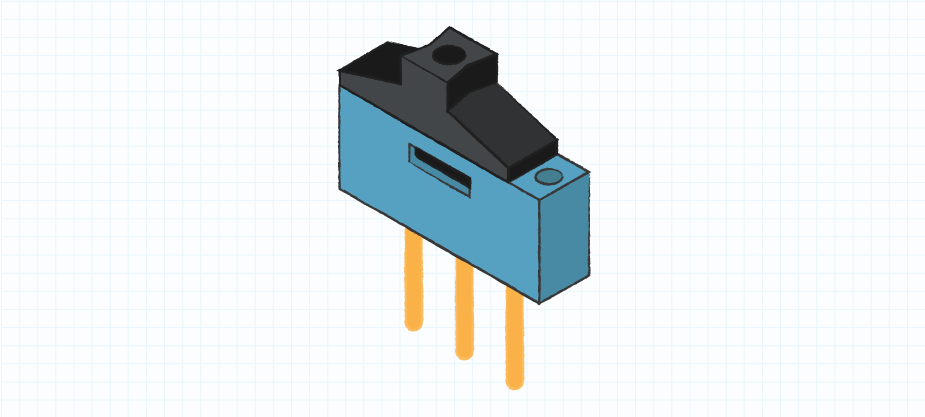
Common Slide Switch Configurations
Slide switches will often have a single pole, double throw (SPDT) construction. This allows the power being delivered to the circuit to be swapped from one power source to another (referred to as on-on operation). In other words, the movement of the slide switch actuator redirects the flow of current from one circuit to the other.

Single pole, single throw (SPST) slides switches are also commonplace, providing on-off functionality. Under certain circumstances, a double pole, double throw (DPDT) circuit might be required, allowing for on-off-on configurations. It is also possible to have multiple throws for multi-on-on functionality. However, this can potentially be problematic, making it difficult for the switch to be placed in the right position. To learn more about basic switch functions, check out our Fundamentals of Switches blog.
Key Slide Switch Specifications
The electrical parameters specified on a slide switch datasheet will state what current and voltage levels the slide switch is able to handle as well as parameters like the withstand voltage and the insulation resistance. Other details that the datasheet will cover are the actuation travel distance and the operating force needed for actuation. All these figures need to be referred to and fully understood before selecting a particular switch model.
Slide switches are also typically available in surface mount, through hole, or panel mount styles. Which is appropriate will depend on the nature of the production process, the space available, and the mechanical stresses of the application as this might affect their board retention. Here are some additional specifications to keep in mind:
| Specification | Typical Offering | Description |
|---|---|---|
| Termination Style | Gull wing, PC pin, wire lead, screw terminal, and more | Allow for different mounting options |
| Voltage Rating | Up to 24 Vdc | Maximum voltage across the device |
| Current Rating | Up to 500 mA | Maximum current through the device |
| Actuator Height | Raised or flat | See examples below. Flat actuator levels may be preferrable if equipment needs to have a flush exterior with a low profile |
| Pitch | 2.54 mm or 5.08 mm | The center-to-center distance between pins |
| IP Rating | Rated or non-rated | Slide switches can resist moisture and dust ingress |
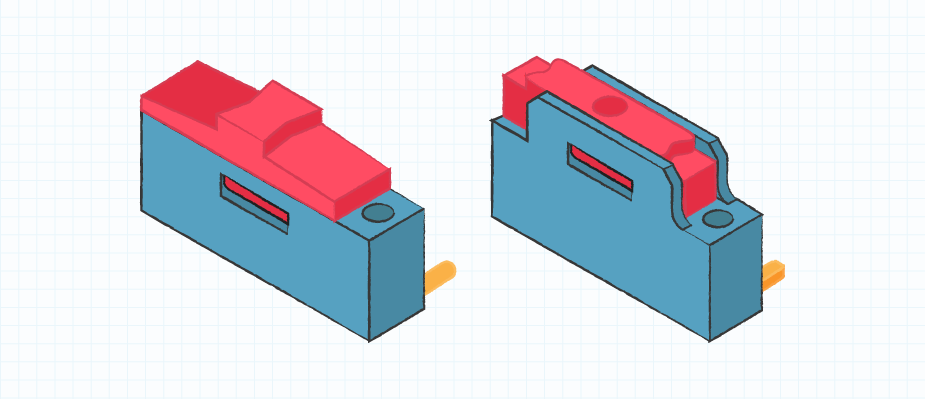
Slide switches are also defined in terms of their size with the most common slide switch categories being subminiature, miniature, and standard. As this type of switch maintains its contact, the circuit it is controlling will stay in its assigned state until a further switch actuation is undertaken by the user (whereas a push button switch can function in either a maintained state or momentary state).
Slide Switch Applications and Considerations
Slide switches can be used in domestic, office, and industrial settings ranging from computer peripherals, household appliances, consumer electronics devices, smart home systems, test equipment, communication hardware, and numerous other items.
Before selecting what slide switch should be placed into their system design, engineers will need to think about the particular application characteristics and what impact they might have. Questions that will need to be asked are:
- How often will the switch need to be actuated? As this will affect the switch’s operational lifespan.
- Will the switch be exposed to mechanical stresses or extreme temperatures? As this could have a major impact on operational reliability.
- Will there be a potential risk of liquid or dust ingress? If so, then a suitable IP rating for the switch will need to be determined.
- What are the electrical parameters involved? As a slide switch with adequate voltage and current ratings will need to be specified.
Conclusion
Slide switches are well-recognized, basic mechanical switches that provide simple functionality, most often when switching between one state or another is required. They offer the visual benefit to the user of knowing exactly which state the switch is operating in as well as consistent and maintained control of the switching mechanism. With a simple understanding of their typical configurations, key specifications, and design considerations, engineers can select the appropriate slide switch for their design. Same Sky offers a range of slide switch types with compact packages and several specification options to choose from.
